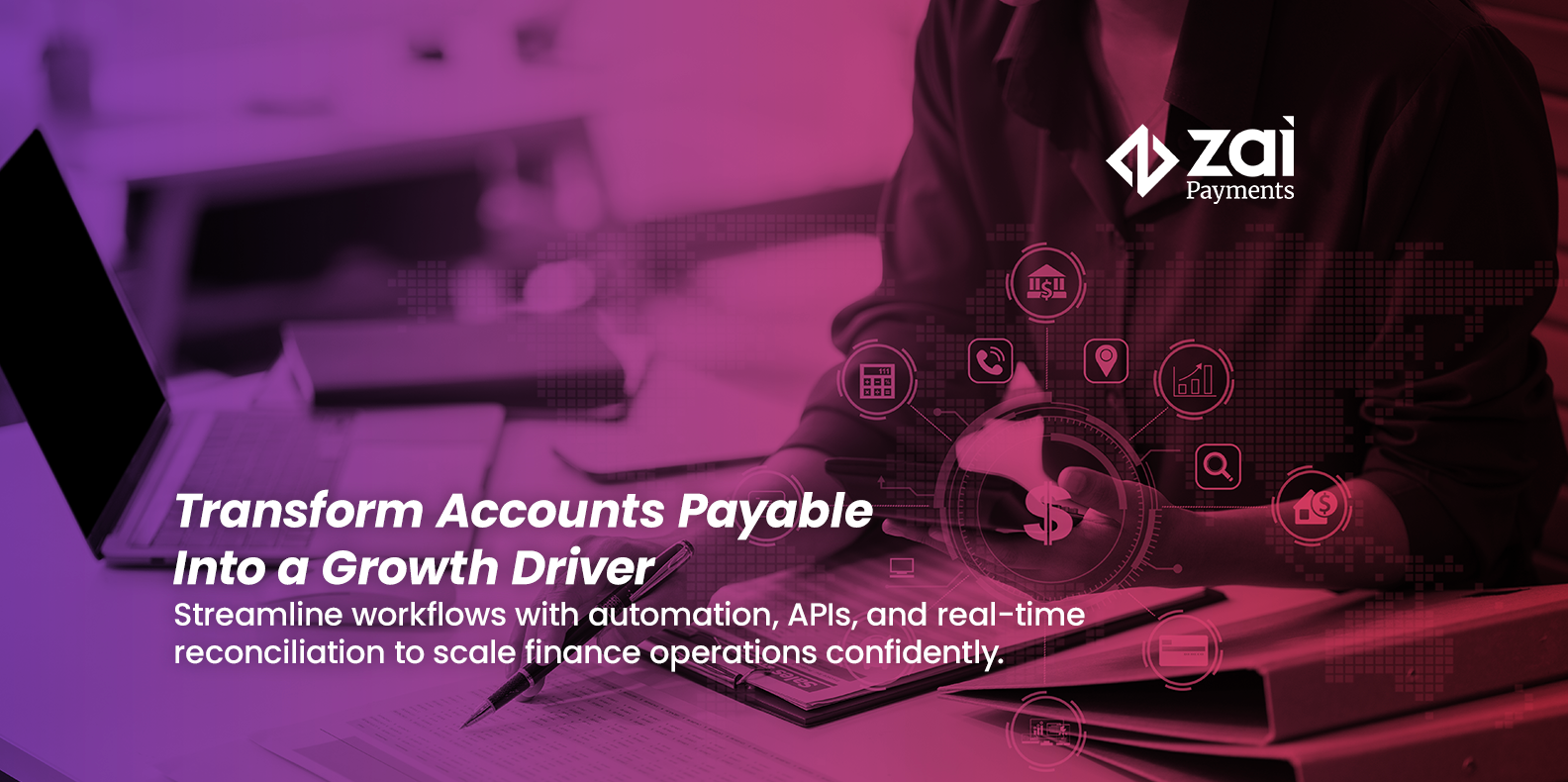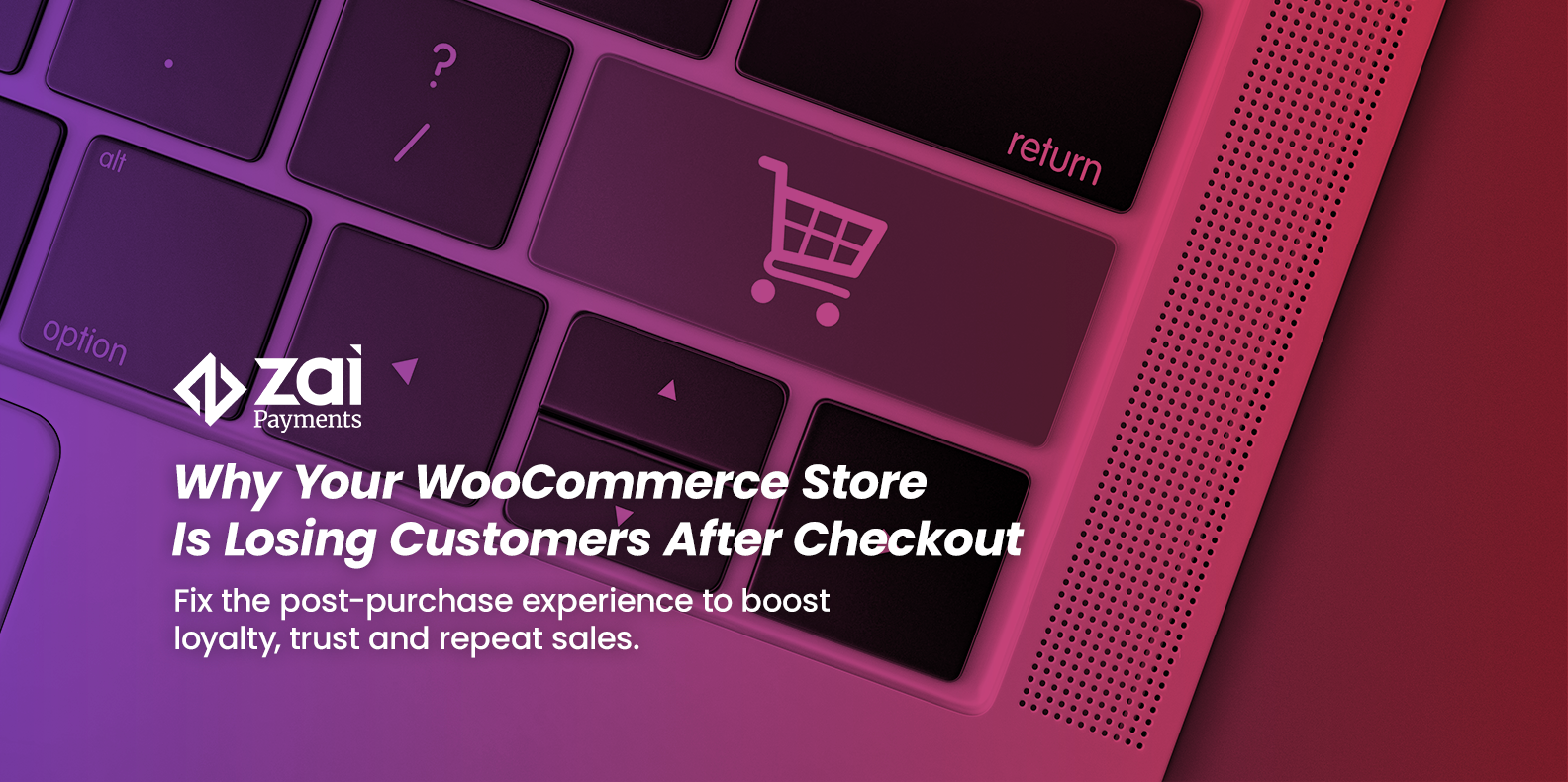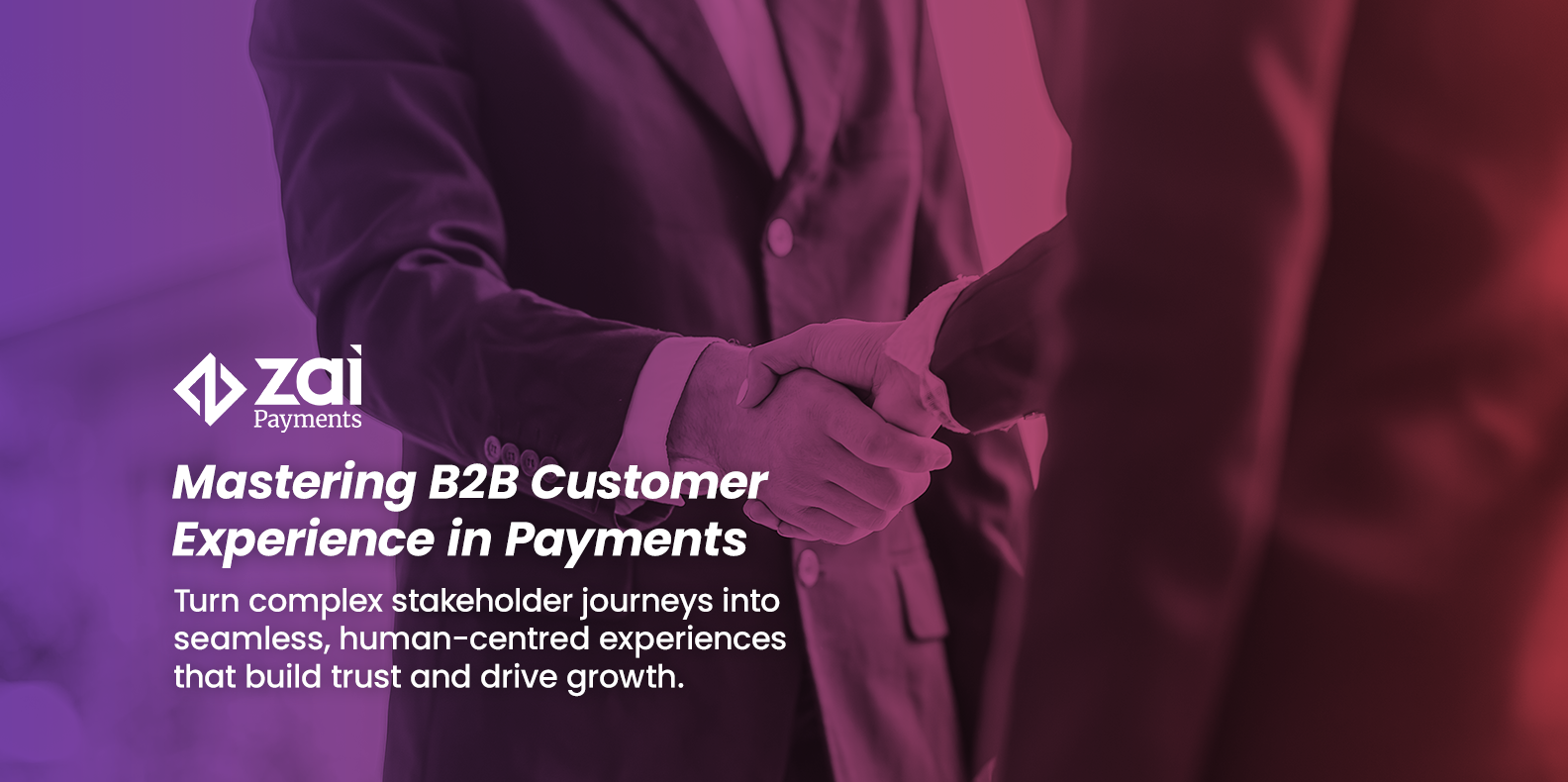The faster you can attract businesses to your marketplace, and the more efficiently you can onboard them, the better you can reach and serve customers. That sounds simple enough, but given that online marketplaces account for 47% of ecommerce sales, it’s a high priority task. Multi-vendor marketplaces are powerful platforms for acquiring, educating, surprising and retaining both business clients and general consumers. Here’s how to take care of the vendors that build your market share.
What are the world’s biggest online marketplaces?
-
Amazon
-
eBay
-
Etsy
-
Allegro
-
Walmart
With 5.2 billion visits a month, Amazon straddles the online marketplace landscape like a Colossus. Not every business can emulate Amazon’s success, but any business can learn from its strategy. When Amazon launched online in 1995, a bell would ring every time an order was placed and staff would assemble to see if they knew the customer. That’s no longer feasible when there are 1.6 million orders a day to ship, yet the laser-like focus on customer experience has never wavered. The template for bringing buyers and vendors together in one user-friendly platform arguably belongs to Amazon.
Outside the global top 20, which is dominated by general merchandise and fashion, there is no shortage of successful niche marketplaces for both consumer and B2B sales. Buyers and vendors can trade freelance work on Upwork (“the world’s work marketplace”), musical instruments on Reverb, collectibles and antiques on Delcampe, or NFTs on OpenSea, for example.
These multi-vendor marketplaces generate revenue through charging a commission on each sale, 20% in the case of Fiverr, up to 15% for Amazon. That revenue is hard won, and any marketplace faces the following challenges:
-
Locate the suppliers that can grow sales.
-
Find the right channels to reach them.
-
Create a compelling outreach message.
-
Generate listings that build demand.
-
Educate and optimise continuously.
Upfront costs will include platform development, marketing, and support, but there is an abundance of no-code tools and APIs available for businesses that want to get up and running without overstretching on budget. There are plenty of examples of successful marketplaces that bootstrapped their launch, such as Studiotime, the largest online marketplace of music studios in the world.
Where to find your suppliers
It may seem counterintuitive to search for vendors before buyers, but the most profitable vendors will bring their customers with them. The more established vendors will also have an online presence and process in place that can make onboarding easier. That’s certainly true for the mammoth vendor networks like Alibaba which are set up to connect ecommerce marketplaces with wholesalers and manufacturers seamlessly.
The challenge, however, is to find the vendors that are uniquely relevant to your marketplace and to offer them an incentive that will overcome any initial resistance, whether it’s lower fees, automated inventory management, or smoother payments.
That may mean reaching out to smaller, offline vendors closer to home. It’s the model that turned Etsy into a $22bn marketplace sourcing unique, handcrafted inventory from niche vendors instead of mass-produced items from the big manufacturers.
How to reach your ideal vendor
Cold calling still delivers results, but with typical conversion rates around 1 to 2%, it may not be the most efficient approach compared to these digital channels:
Email - can be automated, is less intrusive, and offers higher conversion rates (15% or more).
Social media - start by joining groups your target customers belong to, read the comments and share your own, before direct messaging vendors that match your profile.
Instant message - particularly in China, vendor outreach is commonplace and acceptable through WhatsApp or Facebook messenger and many wholesaler sites will link directly to these instead of using contact forms.
How to attract suppliers to your marketplace
Explore a mixture of organic and paid channels, online and offline, and inbound vs outbound. The key to finding the vendors who can grow your marketplace is to approach the problem from the end-user perspective. Identify the search terms they would use for a purchase and follow their journey to reveal the competition and gaps in the market.
Once you’ve spotted the opportunity, you’ll attract higher quality vendors with a clearly defined value proposition that directly solves their business challenges. How do you learn more about what they need?
- Build insight through surveys.
- Establish a presence at events and speak to vendors face to face.
- Engage with them on social media or specialist forums.
Inbound marketing offers an effective way to source leads too, although it requires more planning and resources. With a solid content marketing strategy you can provide valuable resources that educate and engage your vendors and position your platform as the answer to their needs.
Whatever the approach, you’ll have to prove your value, whether it’s the promise of introducing your suppliers to new audiences, sharing customer insight, or offering an upgrade in core processes such as payments or fulfilment.
Onboarding vendors and creating listings
It’s easy to overlook that even established sellers may need education and assistance in onboarding. For inspiration, look at how Amazon Marketplace provides resources and automates the onboarding process for its sellers.
For ease of navigation and simplicity, dedicate a “Become a seller” section on your marketplace that walks potential vendors through these key processes:
Account set up - gather company registration details and verify identities to meet Know Your Customer/Know Your Business regulations.
Product catalogue creation - manually uploading catalogue data is time consuming with the potential for human error. Luckily, the process can be automated using APIs that bulk upload both back end product data (eg. International Article Number) and front end product descriptions and attributes. Plug-in APIs can also automate pricing, stock availability and other product updates without the need for human input.
In terms of SEO ranking and searchability, using the manufacturer’s boilerplate product descriptions should be a last resort. Consider outsourcing the task of creating engaging product descriptions that call out key attributes and integrate with your marketplace brand.
The second phase of vendor onboarding is to put in place the systems for:
Customer relationship management - particularly when it comes to dispute resolution. Up to 40% of purchases in ecommerce are returned, so you need to have a clear policy that articulates respective marketplace and vendor responsibilities for handling refunds and returns. Bear in mind that from the customer perspective, any slack in the supply chain will likely be blamed on the marketplace, not the seller.
Managing payments - This is an area where your marketplace can offer added value to vendors through adaptive payment support and partnerships with third-party services that allow for staggered payments, for example.
Financial management - Automate monthly account reconciliations (paying your sellers), as well as collecting commission and reporting any taxes due.
As your marketplace grows, there will be less time available to offer a bespoke onboarding service for each new vendor. To make your process scalable and consistent, overdeliver from the start by offering templates or sample product catalogues for vendors to reference, FAQs that address the most common obstacles, and chatbot widgets that can jump in and resolve any issues that emerge.
Delivering on your promise
While customer retention is essential to the success of your marketplace — repeat customers spend 300% more than new customers (who are five times more expensive to acquire) — buyers shouldn’t be nurtured at the expense of vendors. The goal is to grow together and maximise ROI by staying on top of new opportunities, verticals and add-ons that can drive sales.
For that reason, it’s important your vendors understand how your algorithm displays products and how they can optimise their listings to rank more competitively, or boost their profile by taking part in sweepstakes, sales, or loyalty rewards.
Deliver a seamless user experience for your buyers, and a smooth onboarding process for your suppliers, and your marketplace can rapidly gain momentum. Zai’s API helps automate and simplify payments for your marketplace, so you can unlock lower costs, mitigate errors, and generate revenue faster through an accelerated onboarding experience. Zai makes complex multi-party workflows simple, allowing your people to streamline tasks and get back to focusing on business growth.
To find out more, contact our sales team.


.png?width=212&name=cover%20(2).png)


